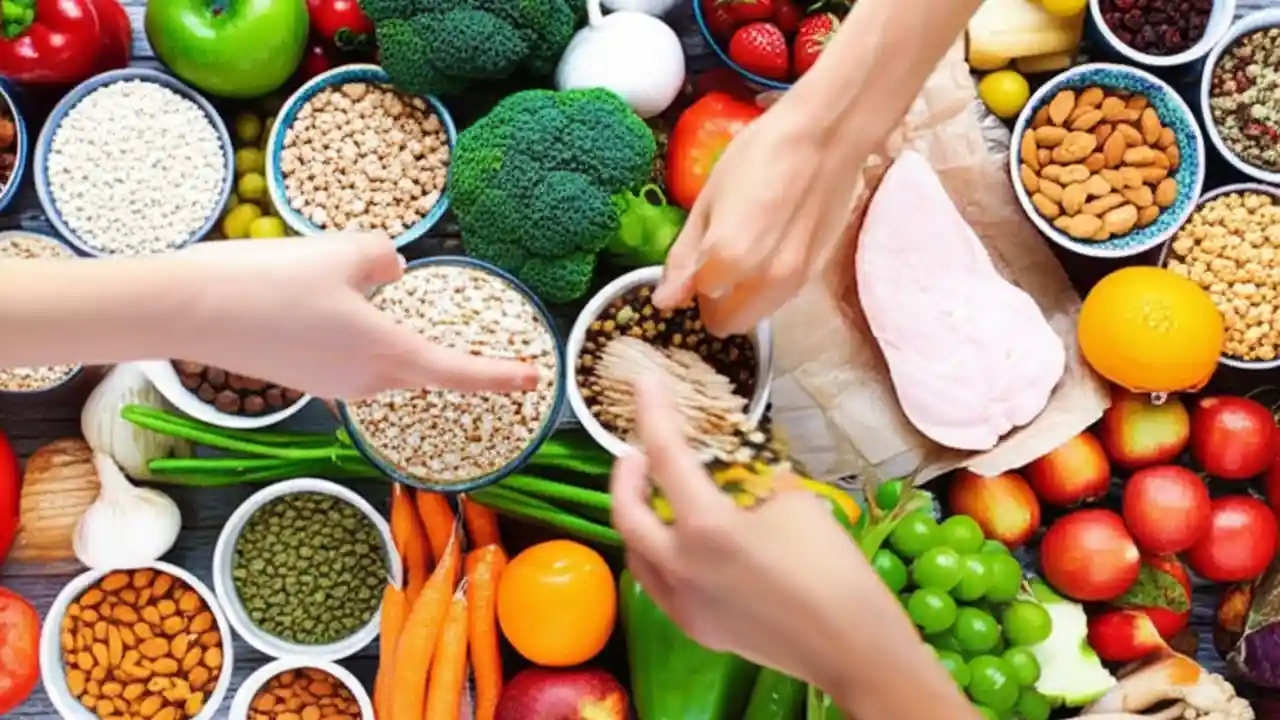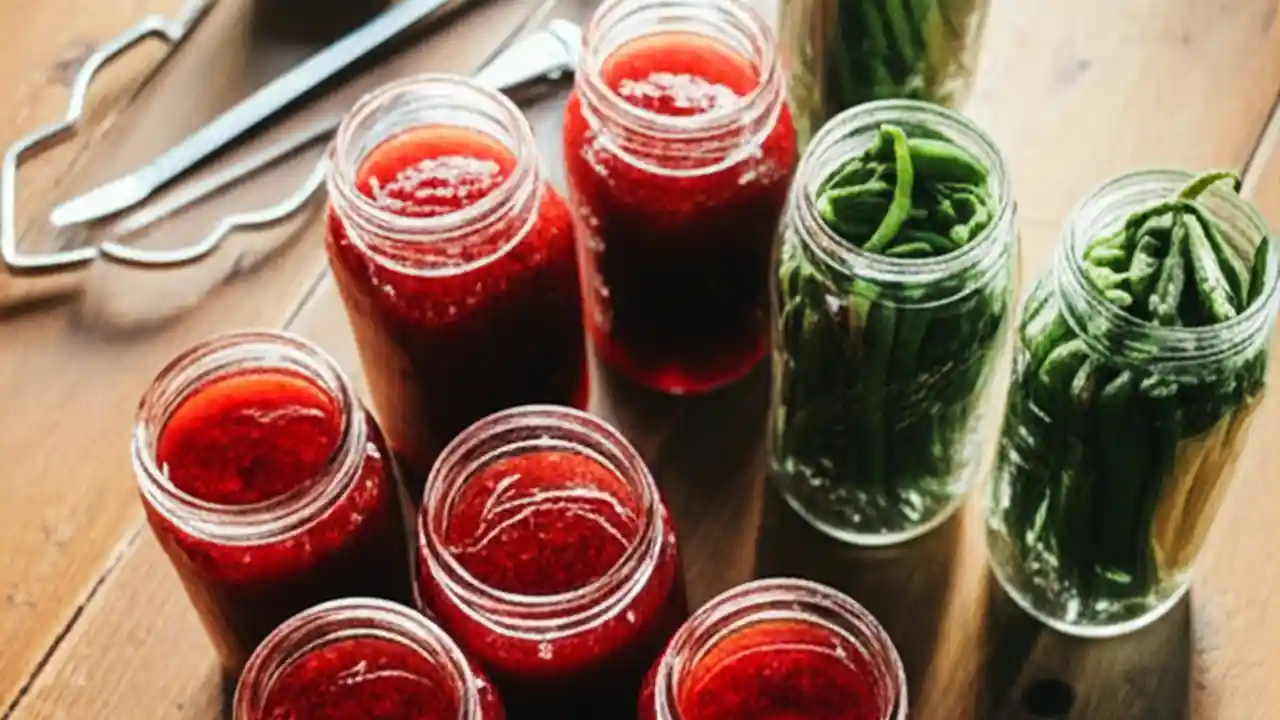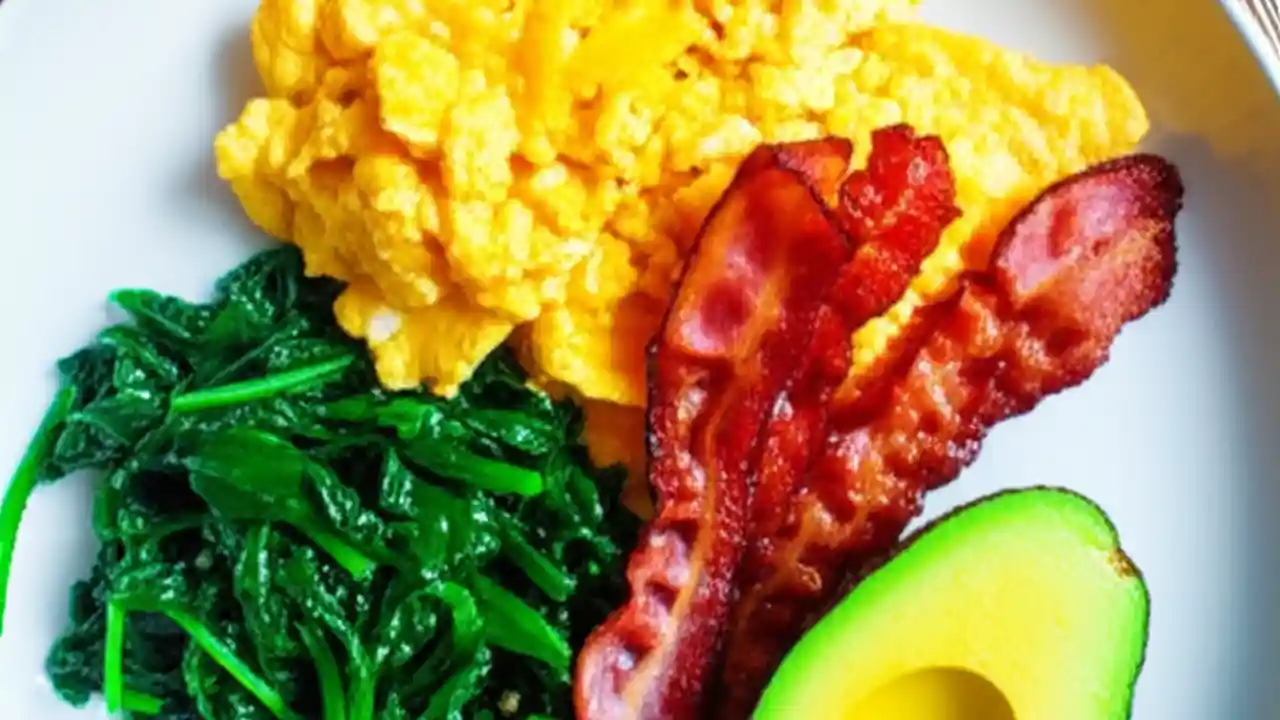For years, my beef stew was… fine. It was edible, but it never had that soul-warming, deeply savory character I craved. The beef was often a bit tough, the broth a little thin. I followed recipes to the letter, but something was always missing. The breakthrough came on a chilly Tuesday when, out of sheer frustration, I decided to sear the beef in two separate batches instead of one. The difference was staggering.
That simple change was the key. By giving the beef space, I wasn’t steaming it; I was creating a deep, brown crust through the Maillard reaction. Those browned bits left in the pot, the *fond*, became the foundation for a gravy with incredible depth. It was the “a-ha” moment that transformed my stew from merely “hearty” to truly unforgettable. It’s a non-negotiable step I’ve sworn by ever since.
This recipe is the culmination of that discovery and many other small refinements. I promise you a stew with fall-apart tender beef, vegetables that are perfectly cooked (not mushy!), and a rich, velvety gravy that tastes like it simmered for days. This isn’t just a meal; it’s the kind of comforting food that makes a house feel like a home. It’s my definitive method, and I’m excited to share it with you.
Table of Contents
Family Feedback
“Silas, I finally made your beef stew for our Sunday dinner, and oh my goodness. My husband, who is the pickiest eater, had two full bowls and asked when I was making it again! Browning the beef in batches like you insisted made all the difference. The flavor was so much deeper than any stew I’ve ever made. This is officially our new cold-weather tradition.”
“This recipe is a masterpiece. I’ve always struggled with getting the gravy right—it’s either too thin or tastes like raw flour. Your method of using the flour on the beef first and then thickening with a cornstarch slurry at the end is genius. Perfect consistency and flavor. I also threw in some parsnips with the carrots, and it was fantastic. Thank you!”
Recipe Card
| Course | Dinner, Main Course, Beef |
| Cuisine | American, European |
| Featuring | Slow-Simmered, Dutch Oven, One-Pot Meal, Rich Gravy, Comfort Food |
| Prep Time | 30 minutes |
| Cook Time | 180 minutes |
| Total Time | 210 minutes |
| Servings | 6 servings |
| Calories | 562 kcal |
| Author | Silas |
Ingredients
- 3 lbs beef chuck roast, cut into 1.5-inch cubes
- 1/4 cup all-purpose flour
- 1.5 tsp kosher salt, divided
- 1 tsp black pepper, freshly ground
- 3 tbsp avocado oil or other high-heat neutral oil, divided
- 2 medium yellow onions, chopped
- 4 carrots, peeled and cut into 1-inch thick rounds
- 3 celery stalks, cut into 1-inch pieces
- 6 cloves garlic, minced
- 1 cup dry red wine, such as Cabernet Sauvignon or Merlot
- 4 cups low-sodium beef broth
- 1 (14.5 oz) can diced tomatoes, undrained
- 2 tbsp tomato paste
- 1 tbsp Worcestershire sauce
- 2 bay leaves
- 1 tsp dried thyme
- 1.5 lbs Yukon Gold potatoes, cut into 1.5-inch chunks
- 1.5 cups frozen peas
- 2 tbsp cornstarch (optional, for thickening)
- 2 tbsp cold water (optional, for thickening)
- Fresh parsley, chopped, for garnish
A Note on Key Ingredients: Use beef chuck for this recipe. It’s a tougher cut rich in collagen, which breaks down during the long, slow cook into luscious gelatin, making the meat incredibly tender and enriching the gravy. For the red wine, choose one you’d actually drink; it adds a crucial layer of acidic depth. If avoiding alcohol, you can substitute with an equal amount of extra beef broth and a tablespoon of balsamic vinegar.
Instructions
- Prep the Beef: Pat the beef cubes completely dry with paper towels. This is critical for getting a good sear. In a large bowl, toss the beef with the flour, 1 teaspoon of kosher salt, and the black pepper until evenly coated.
- Sear the Beef in Batches: Heat 1.5 tablespoons of oil in a large Dutch oven or heavy-bottomed pot over medium-high heat until it shimmers. Do not overcrowd the pan. Add half of the beef cubes in a single layer, leaving space between each piece. Sear for 3-4 minutes per side, until a deep brown crust forms. Transfer the seared beef to a clean plate. Add the remaining oil and sear the second batch of beef. Transfer to the plate and set aside.
- Sauté Aromatics: Reduce the heat to medium. Add the chopped onions, carrots, and celery to the same pot. Sauté for 6-8 minutes, scraping the bottom of the pot to loosen any browned bits, until the vegetables have softened and the onions are translucent. Add the minced garlic and cook for another minute until fragrant.
- Deglaze and Build the Base: Pour in the red wine to deglaze the pot. Use a wooden spoon to scrape up every last browned bit from the bottom—this is pure flavor. Let the wine simmer and reduce by about half, which should take about 3-5 minutes. Stir in the tomato paste and cook for 1 minute.
- Combine and Simmer: Return the seared beef (and any accumulated juices) to the pot. Add the beef broth, undrained diced tomatoes, Worcestershire sauce, bay leaves, and dried thyme. Stir everything together. Bring the mixture to a gentle simmer.
- The Low and Slow Cook: Once simmering, reduce the heat to low, cover the pot, and let it cook for 1.5 hours. The liquid should be barely bubbling. A vigorous boil will make the meat tough.
- Add Potatoes: After 1.5 hours, stir in the potato chunks. Ensure they are mostly submerged in the liquid. Return the lid and continue to cook for another 45-60 minutes, or until both the beef and potatoes are fork-tender.
- Final Touches: Remove the bay leaves. Stir in the frozen peas and cook for 5 minutes until they are bright green and heated through. Taste the stew and adjust seasoning with the remaining 1/2 teaspoon of salt and more pepper if needed.
- Thicken the Gravy (Optional): If you prefer a thicker gravy, mix the 2 tablespoons of cornstarch with 2 tablespoons of cold water in a small bowl to create a slurry. Slowly whisk the slurry into the simmering stew until it’s fully incorporated. Let the stew bubble gently for 1-2 minutes to cook off the starch flavor and thicken.
- Serve: Ladle the hot stew into bowls and garnish generously with fresh chopped parsley. This stew is even better the next day.
Secrets to the Perfect Hearty Beef and Vegetable Stew
- The Crowded Pan Catastrophe: This is the mistake I see most often, and one I made for years. Tipping all your beef into the pot at once creates steam, which prevents browning. You end up with sad, gray, boiled meat. Searing in batches is the single most important step for developing that deep, roasted flavor that defines a great stew. Be patient; it’s worth it.
- Embrace the Fond: After searing the meat, you’ll see a layer of browned, stuck-on bits at the bottom of your pot. This is called the ‘fond’, and it’s a goldmine of flavor. When you add your onions and later the wine, make sure you scrape all of it up. This is what gives your gravy its restaurant-quality richness.
- Timing Your Vegetables is Key: Don’t dump all your vegetables in at the beginning. Hearty root vegetables like carrots and potatoes need a long time to become tender, so they go in earlier. More delicate vegetables, like the peas, are added in the last few minutes to keep their vibrant color and texture. This ensures every component is perfectly cooked, not a uniform mush.
- Creative Variations: This recipe is a fantastic canvas. For a deeper, earthier flavor, add 8 ounces of cremini mushrooms along with the onions. For a touch of tangy brightness, stir in a tablespoon of balsamic vinegar at the end. You can also swap the Yukon Golds for sweet potatoes, but add them in the last 45 minutes of cooking as they cook faster.
- Storage and Reheating: Let the stew cool completely before storing. It can be refrigerated in an airtight container for up to 4 days. In fact, the flavor deepens and improves by the second day. For longer storage, freeze it in airtight containers or freezer bags for up to 3 months. Thaw overnight in the refrigerator and reheat gently on the stovetop, adding a splash of beef broth if it has thickened too much.
Nutrition Facts (Per Serving)
| Calories | Fat | Carbs | Protein |
|---|---|---|---|
| 562 kcal | 24 g | 38 g | 46 g |
Please note that nutrition information is an estimate and can vary based on the specific ingredients used.
Frequently Asked Questions
What is the best cut of beef for this stew recipe?
The absolute best cut for a slow-cooked stew is beef chuck. It comes from the shoulder and is rich in connective tissue and collagen. While tough if cooked quickly, a long, slow, moist cooking process melts that collagen into gelatin. This not only makes the meat incredibly tender and succulent but also adds body and a silky richness to the gravy. Other cuts like brisket or round can work, but chuck consistently delivers the best fall-apart texture and flavor.
How can I make my beef stew gravy thicker?
This recipe builds thickness in two ways. First, by coating the beef in flour before searing, you create a base layer of thickener. For a more noticeably thick, velvety gravy, the cornstarch slurry at the end is the most effective method. It’s crucial to mix the cornstarch with *cold* water before adding it to the hot stew to prevent lumps. Whisk it in and let the stew simmer for a minute or two to activate the cornstarch and cook out any starchy taste.
Can I make this Hearty Beef and Vegetable Stew in a slow cooker?
Yes, absolutely. A slow cooker is perfect for this recipe. However, for the best flavor, you must complete the first few steps on the stovetop. Sear the beef in batches and sauté the aromatics in a skillet as directed. Deglaze the skillet with the wine and scrape up all the browned bits. Then, transfer everything—the seared beef, the sautéed vegetables, and the deglazing liquid—into your slow cooker. Add the remaining liquids and seasonings (except potatoes and peas), and cook on LOW for 6-8 hours or HIGH for 3-4 hours. Add the potatoes during the last 2 hours of cooking and the peas in the final 15 minutes.
Why is my beef tough in the stew?
There are two primary culprits for tough beef in a stew. The first is using the wrong cut of meat. A lean cut like sirloin or tenderloin will dry out and become tough with long cooking. You need a cut with a lot of connective tissue, like chuck. The second, and more common, reason is not cooking it long enough. It sounds counterintuitive, but tough cuts of meat need *more* time, not less, to become tender. The low-and-slow simmering process is what breaks down the tough collagen. If your beef is still chewy, simply put the lid back on and let it simmer for another 30-60 minutes. It will get there.













